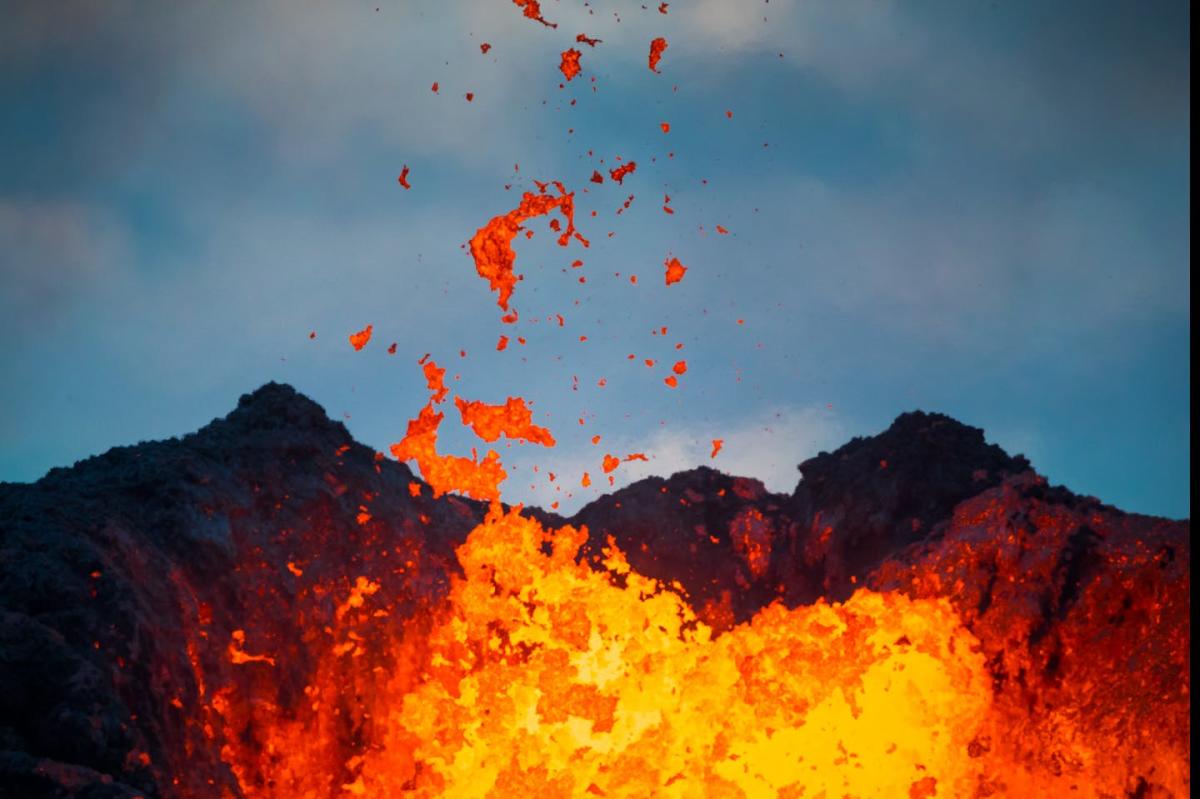At Native News Online, our editorial finds that important events that have a long-lasting impact on Indian Country aren’t necessarily the most read stories by our readers. Our editorial staff has compiled a list of stories about the most significant events in Indian Country this year.
ICWA STANDS! Supreme Court Affirms Indian Child Welfare Act
On June 15, The United States Supreme Court issued a highly anticipated ruling that protects tribal sovereignty and the rights of Native American families when it comes to adoption and foster-care proceedings involving Native children.
The court’s opinion in the case Haaland v. Brackeen upheld the federal Indian Child Welfare Act (ICWA), a 1978 law that gives tribal governments exclusive jurisdiction over Native children who live on reservations. Considered to be the “gold standard” of child welfare policy, ICWA has protected the continued existence of Indian tribes and their most vital resource — Indian children — for 45 years.
On social media and across Indian Country, Native Americans and their advocates and allies cheered the ruling.
Evelyn Jefferson n, a crisis outreach supervisor for Lummi Nation, spends much of her time these days supporting tribal members who live in the homeless encampment and use opioids. She distributes fentanyl testing strips and Narcan; treats wounds; transports them to doctor’s appointments and treatment; and responds to overdoses.
She and her team were on high alert. A few weeks earlier, authorities had seized 70,000 fentanyl pills at the encampment. With the elevated risk of overdoses, Jefferson and others hung the Narcan nasal spray canisters from the trees in hopes that people would stock up and use it, if necessary.
By Thursday, four Lummi Nation tribal members had died of overdoses. One of those tribal members was Jefferson’s son.
Final Road to Healing Listening Session Held in Bozeman, Montana
The Road to Healing tour that began in July 2022 in Anadarko, Oklahoma came to an end at Montana State University in Bozeman, Montana on Sunday, November 5, 2023. The session was the 12th stop of The Road to Healing tour. Sunday’s listening session was led by Interior Secretary Deb Haaland (Laguna Pueblo) and Principal Deputy Assistant Secretary for Indian Affairs Wizipan Little Elk Garriott (Rosebud Sioux Tribe).
The final listening session was one more piece of the Interior Departments collaborative efforts to address the intergenerational impact of federal Indian boarding schools and to promote spiritual and emotional healing in tribal communities across Indian Country. A final report on the Road to Healing tour will be released in early 2024, according to the Interior Department.
A federal commission on Missing and Murdered Indigenous Peoples (MMIP) is calling for a decade of healing and action to address the ongoing crisis.
The Not Invisible Act Commission (NIAC) on Wednesday, November 1, 2023, submitted recommendations to the federal government on steps that need to be taken to address the MMIP epidemic. The commission — composed of law enforcement, Tribal leaders, federal partners, service providers, family members of missing and murdered individuals, and survivors — is calling for a Decade of Healing and Action, which it described as a “partnership with Tribal communities, Tribal governments, and relevant organizations, focusing on improving safety, prevention, justice, support services, and healing for AI/AN communities through increased funding, policy reform, action-oriented programs, and training and technical assistance.”
The recommendations were created by the 41-person commission in response to input offered during a nationwide listening tour across seven cities where they heard testimony from survivors and family members of victims.
‘Disaster capitalism at its finest’: New Threats to Native Hawaiian Water Rights Emerge in Wake of Fires
Native Hawaiians in Maui have spent decades fighting for their water rights as the state has diverted water for special interests.
After the devastating fires ripped through Maui, Native Hawaiians say they are being blamed for the spread of the fire by Hawaii government officials and developers who say water needs to flow more freely for fire protection.
On August 8, as the devastating fires broke out, Hawai’i Governor Josh Green’s administration (D) issued the first of six emergency proclamations suspending portions of the state water code, temporarily halting a requirement for private commercial users to maintain a certain amount of water in the stream for use by nearby Native Hawaiian. On September 8, the governor issued a seventh proclamation, fully restoring the state’s water code, but the damage was done as developers made a grab for more than their designated share of Maui’s water supply and succeeded in ousting a Native Hawaiian Water Commissioner.
This year’s White House Tribal Nations Summit was the third of the Biden-Harris administration. The annual gathering of top officials and tribal leaders began during the Obama-Biden administration and ran for eight years in a row. There were no White House Tribal Nations conferences during the four years of the Trump administration.
The biggest prize from the summit was Biden’s executive order to expand tribal self-determination across the 574 federally recognized tribes. The order aims to make it easier for Native Americans to access federal funding and have greater autonomy over how to use the federal funds.
With the intention to “promote compacting, contracting, co-management, co-stewardship” with tribes, the order several steps to make funding more accessible to tribes, including streamlining funding applications and reporting processes, allowing tribes to self-certify data when permitted by statute, and identifying funding programs that can support tribal set-asides.
Buu Nygren Elected Navajo Nation Presidency; Defeats Nez
Voters of the country’s largest Indian reservation, Navajo Nation, have elected Buu Nygren to serve as the Nation’s President for the next four years. Nygren challenged incumbent President Jonathan Nez.
Nygren and his running mate, Richelle Montoya, won 34,568 – 52.7 percent of the votes to Nez and his running mate, Chad Abeyta’s 31,069 – 47.3 percent of the votes.
Montoya will be the first woman to serve as the Nation’s Vice President.
Nygren, 35, grew up in Red Mesa, Arizona. He has never before held political office, though he ran for Vice President alongside former Navajo Nation President Joe Shirley four years ago and lost to Nez. Nygren and Montoya campaigned on the need for economic and educational change to support business development, sustainable jobs, and strengthening the workforce in Navajo Nation.
Arlando Teller Becomes DOT’s First Assistant Secretary for Tribal Affairs
Arlando Teller, a citizen of the Navajo Nation, was sworn in on March 31 as the U.S. Department of Transportation’s first-ever assistant secretary for Tribal Affairs. This is significant because across the federal government there is only one other assistant secretary for Indian affairs – the position now held by Assistant Secretary – Indian Affairs Bryan Newland (Bay Mills Indian Community) at the U.S. Department of the Interior.
The BIL established an Office of Tribal Affairs to stand independently within the Office of the Secretary. It also changed Tribal Affairs leadership in the DOT by elevating the position of Deputy Assistant Secretary for Tribal Affairs to the position of Assistant Secretary of Indian Affairs.
Teller, who joined the DOT in February 2021 as deputy assistant secretary for tribal affairs, will fill the newly created post. He brings with him a lengthy resume in aviation/aerospace as well as transportation planning for both the state of California and the Navajo Nation.
Pechanga Tribal Chairman Mark Macarro Elected President of NCAI
Pechanga Tribal Chairman Mark Macarro, 60, was elected president of the National Congress of American Indians today at the 80th Annual Convention and Marketplace at the Ernest N. Morial Convention Center convening in New Orleans.
Long lines weaved through the third floor of the convention center early Thursday morning as voting took place before the opening of the general session at 8:30 a.m.
Macarro, who has served as tribal chairman of the Pechanga Band of Luiseño Indians located in Temecula California, since 1992 defeated his opponents Cheryl Andrews-Maltais, chairwoman of the Wampanoag Tribe of Gay Head Aquinnah and Marshall Pierite, chairman of the Tunica-Biloxi Tribe of Louisiana.
The movie is an adaptation of the nonfiction book “Killers of the Flower Moon: The Osage Murders and the Birth of the FBI”by author David Grann and details the real-life events of 1920 when members of the Osage Nation of Osage County, Oklah. are murdered after oil is found on their land and the FBI investigation that followed. Grann’s book was a 2017 bestseller and helped expose dozens of the unexplained deaths on the Osage Nation. Now, the movie seeks to continue the conversation about the tragedies that occurred in 1920.
The movie has a 97-percent positive rating on the popular movie review website Rotten Tomatoes. Following the Canned premiere, the film received a nine-minute-long standing ovation. Lily Gladstone (Blackfeet and Nimíipuu), who plays Mollie Burkhart in the film, received the loudest applause during the ovation.
About the Author: “Native News Online is one of the most-read publications covering Indian Country and the news that matters to American Indians, Alaska Natives and other Indigenous people. Reach out to us at [email protected]. “
Contact: [email protected]

Amanda Smith is a dedicated U.S. correspondent with a passion for uncovering the stories that shape the nation. With a background in political science, she provides in-depth analysis and insightful commentary on domestic affairs, ensuring readers are well-informed about the latest developments across the United States.







